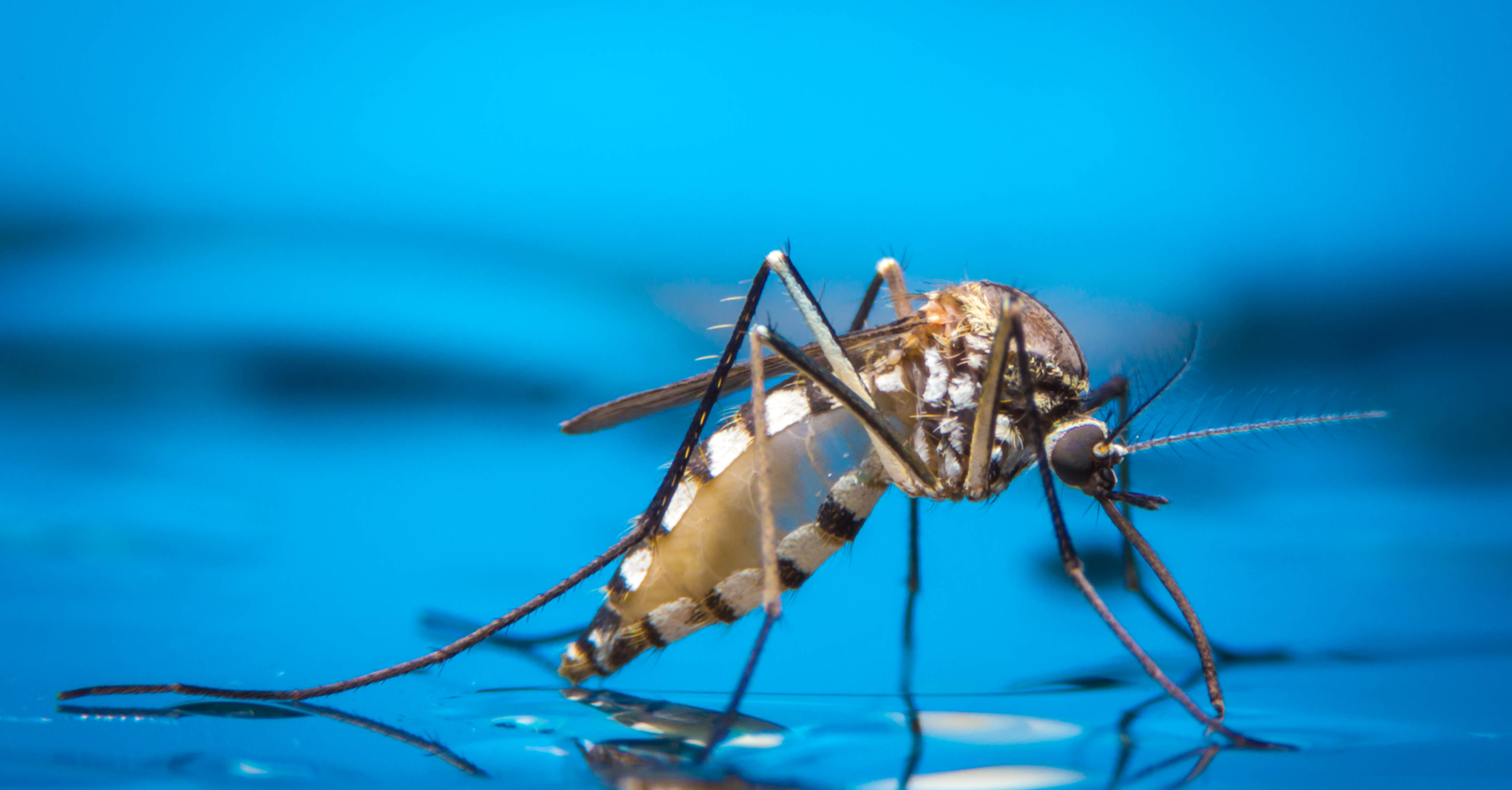Examining the association between Malaria and Burkitt lymphoma in sub-Saharan Africa

New research from Kelly Broen
PhD student, Epidemiology
A recent study published in Proceedings of the National Academy of Sciences (PNAS) and led by University of Michigan School of Public Health researchers is adding to growing evidence of the association between cumulative malaria infections and endemic Burkitt lymphoma (eBL) in the sub-Saharan African countries of Uganda, Tanzania, and Kenya. Burkitt’s lymphoma is the most common form of pediatric cancer in the region where malaria is endemic.
Using data from the Epidemiology of Burkitt Lymphoma in East African Children and Minors (EMBLEM) and Malaria Atlas Project (MAP) studies, researchers were able to model the rate of eBL diagnosis, finding that eBL risk was significant in children between the ages of 5 and 11 who had hundreds of repeated malaria infections.
“Because we wanted to measure malaria exposure over the lifecourse, we first had to create a new measurement to assess cumulative malaria exposure, including asymptomatic infections,” said Kelly Broen, PhD student in the Department of Epidemiology at Michigan Public Health and lead author of the study.
“Using this cumulative metric, we found that for every 100 estimated P. falciparum malaria infections, the risk of eBL increases by 39%. Although 100 P. falciparum malaria infections may sound like an absurdly high number, the number of cumulative infections among 10-year-olds ranged from 4 to 315.”
This work suggests that, in areas with high malaria transmission rates, anti-malaria campaigns may have the additional benefit of reducing eBL risk as well.
“While continued reduction of malaria infections in this region is likely to result in a drop in eBL rates, one of the important implications of these findings is that these effects are likely to lag by a few years,” said Jon Zelner, associate professor of Epidemiology at Michigan Public Health and senior author of the study. “We hope that our work provides some useful insight into how to measure and evaluate the impact of malaria elimination activities on eBL incidence.”
Joey Dickens and Mark Wilson of Michigan Public Health were also involved in the study. Additional authors come from the National Cancer Institute and the EMBLEM study.
Media Contact
Destiny Cook
